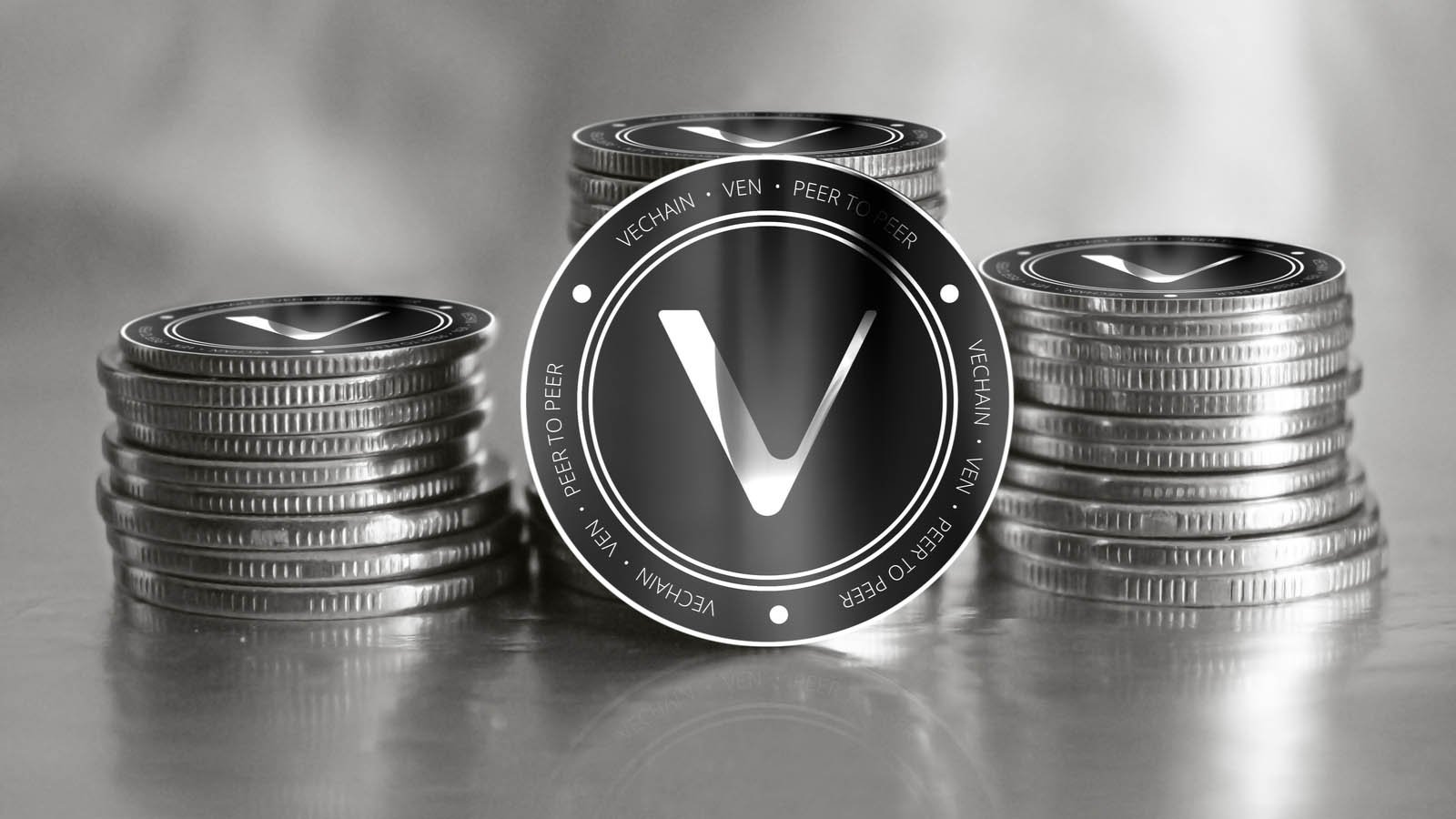
As of Sept. 7, VeChain (CCC:VET-USD) cryptocurrency was at 12.32 U.S. cents per token. This is way off of its recent highs at 25.46 cents on April 17. However, this altcoin has a good chance of doing very well the rest of the year. In fact, it already seems to have bottomed out at 5.783 cents as of July 19.
Source: Shutterstock
As of Dec. 31, 2020, it was at 1.9 cents. So this means VeChain tokens are still up more than 600% year-to-date. And a year ago, VeChain crypto was as 1.2 cents per token. That means it’s up over some 10 times from a year ago. So this cryptocurrency has been on a roll, although this year it took a dip, and has been climbing out of that fall.
This is a really powerful performance and could foreshadow a continuing upward trajectory for the token. Let’s look at it more closely.
VeChain’s Standout Features
VeChain’s focus as a blockchain platform and related cryptocurrency is to record what happens at every stage of the supply chain. Its main purpose, according to its whitepaper, is to improve the management of supply chains and related business processes.
VeChain was founded in 2015 by Sunny Lu, the former CIO of Louis Vuitton China. He combined his luxury goods knowledge with blockchain technology for supply chains. He acts today as the CEO of VeChain through a non-profit entity based in Singapore called the VeChain Foundation.
VeChain works by giving physical products a tag using one of three modes: RFID (radio frequency ID), QR codes, or NFC (near field communication). VeChain uses sensors from several manufacturers to keep track of the goods through blockchain software through each aspect of the supply chain.
This allows companies that use VeChain to prevent counterfeits, theft and other types of fraud. As such it allows buyers to have a guarantee of the authenticity of the item purchased. VeChain has since evolved into a tool to track and supervise product production and distribution.
Who Uses VeChain
Vechaininsider.com keeps an up-to-date list of the existing VeChain partnerships and large businesses around the world using VeChain as a blockchain solution. A recent Seeking Alpha article explains the appeal of VeChain to a number of corporations worldwide.
There are five companies that have “strategic” partnerships: DNV, PriceWaterhouseCoopers, National Research Consulting Center (China), Yida China Holdings, and BitOcean, a crypto exchange. Other major companies looking into using VeChain include BMW (OTCMKTS:BMWYY), LVMH (OTCMKTS:LVMHF), and BYD (OTCMKTS:BYDDF).
Recently, the VeChain Foundation, in its latest financial executive report, reported that three new companies started using VeChain software. This included Norweigan aluminum manufacturer, Hydro, as well as a Danish company called the ReSea Project. Its goal is to remove plastic from oceans and rivers using a VeChainThor-powered solution.
What to Do With VeChain
One of the attractive features of VET is that it has a dividend. According to the article in Seeking Alpha cited above, an “offshoot coin” called THOR, or VeThor (CCC: VTHO-USD) token is paid to every holder of VET tokens. The market price for VTHO was just below 2 cents (1.91 cents) as of April 21.
Now that the cryptocurrency seems to be coming out of a trough, it might be worthwhile to begin taking a toehold stake in VET tokens. VET recently was the 23rd largest crypto with a market value of $9.679 billion. So it still has plenty of room to grow, especially if its supply chain blockchain software begins to gain popularity and if more corporations adopt it.
Look for VET to move back to its former heights close to 25 cents sometime over the next year. As a result, this crypto looks like a good buy at this point.
On the date of publication, Mark R. Hake held a long position VeChain, but not in any other of the securities mentioned in the article. The opinions expressed in this article are those of the writer, subject to the InvestorPlace.com Publishing Guidelines.
Mark Hake writes about personal finance on mrhake.medium.com and runs the Total Yield Value Guide which you can review here.
This news is republished from another source. You can check the original article here



